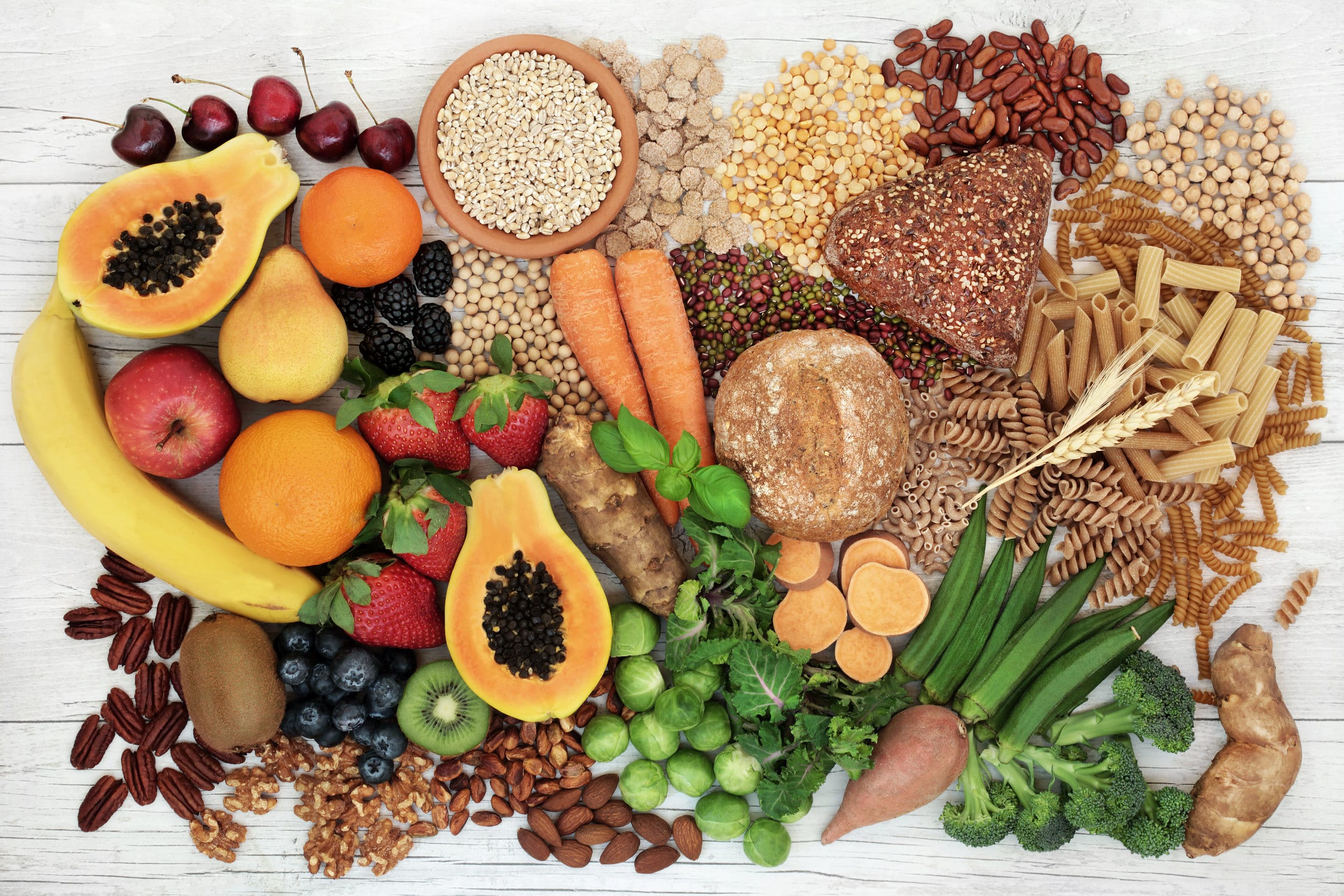If you’re the kind of person who has a casual relationship with healthy eating, you may not know exactly what fibre is. You’ve probably seen foods that promote the fact that they are “high in fibre”, and so realise that it is a good thing, but what exactly is fibre, and what does it do? You’re likely not the only one asking these questions, as according to the Irish Nutrition + Dietetic Institute 80% of Irish people do not eat enough fibre. In this blog, we’re going to look at some of the most important facts about fibre.
Very Complex Carbohydrate
Fibre is a complex carbohydrate that comes exclusively from plant-based foods, meaning there is no animal on the planet you can consume to get fibre, even if that animal eats fiber itself. However, unlike other complex carbohydrates, our bodies are actually incapable of digesting fibre.
Fuller Faster for Longer
You may be asking yourself, if we can’t actually digest fibre, then why do we eat it? One of the big advantages of fibre is that it takes up space in the stomach, making us feel full and preventing us from overeating other products. Since fibre stays in our stomachs undigested, it also keeps us fuller for longer.
Types of Fibre
There are two main types of fibre: soluble and insoluble. Soluble fibre, such as the fibre in barley, oats, or sweet potatoes, turns into a glue-like substance and absorbs things like fat and sugar from other food sources, and releases them slowly throughout the day. This is why, despite the fact that fibre itself is not digested, it helps give you energy throughout the day.
Insoluble fibre, found in foods such as brown rice, raw vegetables, or nuts, does not dissolve in water, but rather absorbs it, and promotes a healthy stool consistency. This can help with issues like constipation, but also cleans the digestive system and helps protect it, which can lower the risk of conditions such as colon cancer.
Less Popular
Because of economic and social changes, as well as globalisation, what we eat has dramatically changed over the years. Meat, fat, and sugar now make up about 60% of our diet, compared to 15% a century ago. In that same period, the amount of fibre we eat has dropped about 90%. This is partly because fibre spent centuries as the cheap way to feed the masses but, as mentioned earlier, the majority of Irish people don’t get enough fibre in their meals. So while it’s great that we can all access chicken and steak now, we need to remember to eat a balanced diet.
Too Much Fibre
As important as fibre is, there is such a thing as too much. People who eat too much fibre will likely feel bloated and suffer from diarrhea, which is bad for the digestive system and will cause the person to lose valuable nutrients and minerals.
How to Get It
A healthy person should be eating anywhere between 24 & 35 grams of fibre a day, ideally with a mix of soluble and insoluble. It is also preferable that the fibre comes from different sources, which can help you reach your other nutritional requirements. For a comprehensive list of what foods have how much of which type of fibre, visit this page. There, you can see what foods you like and calculate what and how much you need to eat to meet your daily intake requirements.
If you’re interested in fibre as a method of weight-control, be sure to visit our blog on the top 5 filling foods. If it’s a regular release of energy throughout the day you’re after, then see our post on food for energy.















